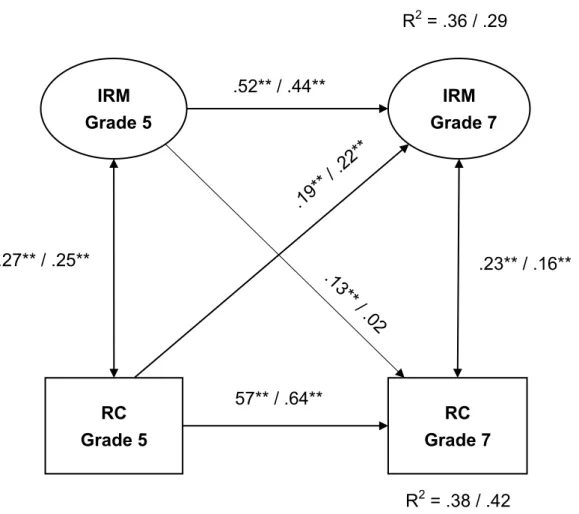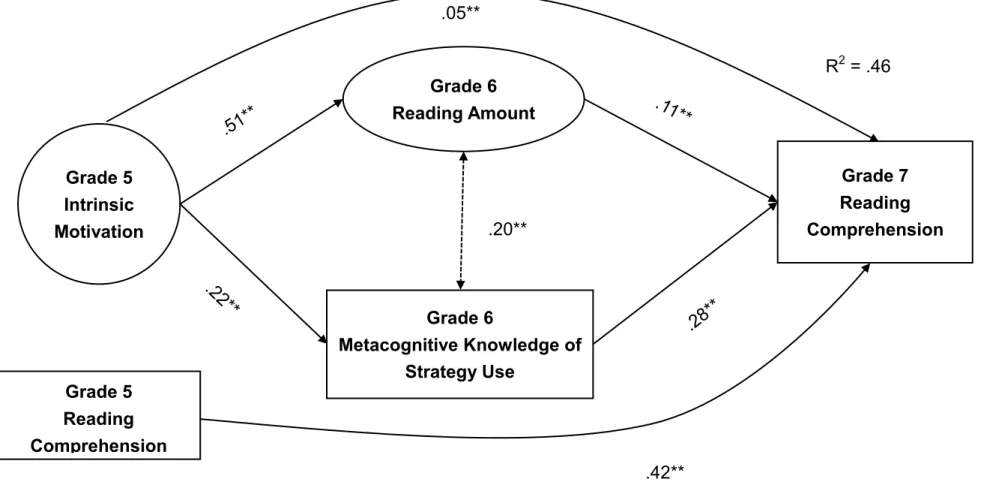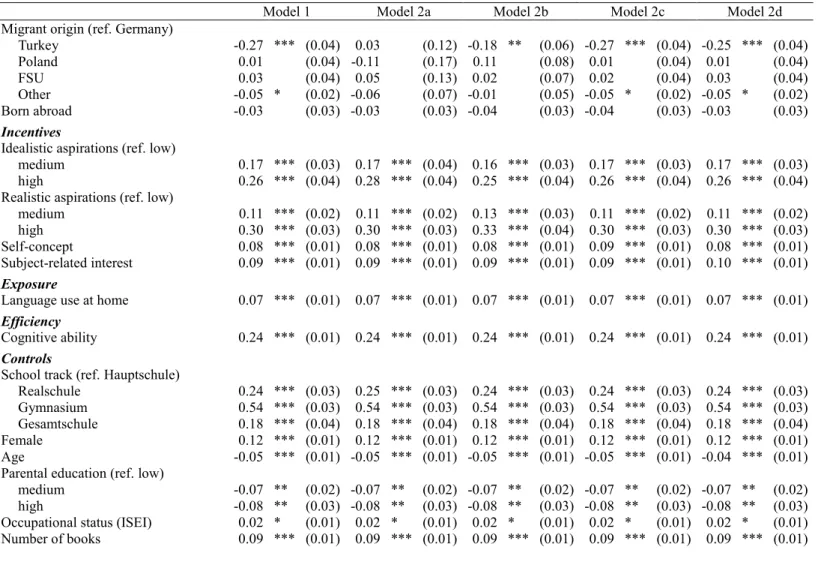Disentangling the Motivation-Achievement Paradox of Immigrant Students
Volltext
Abbildung




ÄHNLICHE DOKUMENTE
Immigrant youth are more likely to present to the Emer- gency Department as a first point of contact for mental health care [2].. I recall my 30-year-old patient who was brought
A more ambitious trade agenda with large Latin American markets, and support for U.S.-based Latino companies seek- ing those opportunities, should be pursued to help create jobs in
This supports the “strain hypothesis.” A situation where parents and adult children have little reason to worry about financial and job se- curity and which allows young adults
African immigrant-owned businesses in the South Africa. Tengeh, RK and Ballard, HB and
This generates complementarities between the parents’ decisions: when other parents raise their children as trustworthy, a parent may have incentive to do the same, in order to
that the MM’s competitive group assignment based on individual contribution decisions increases the number of pure strategy Nash equilibria.. We proceed to find all pure strategy
We suggest expanding Buchanan’s spectrum with a second axis representing to what extent the exclusion criteria are under individual control. The latter obviously is most important
(c) Based on results from lifespan attachment theory, we expect a significant correlation between the different dimensions of filial maturity of middle-aged persons and the quality





